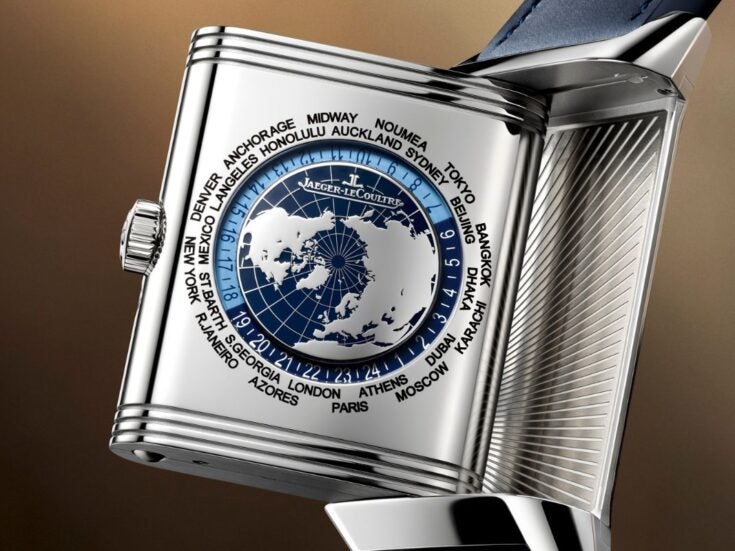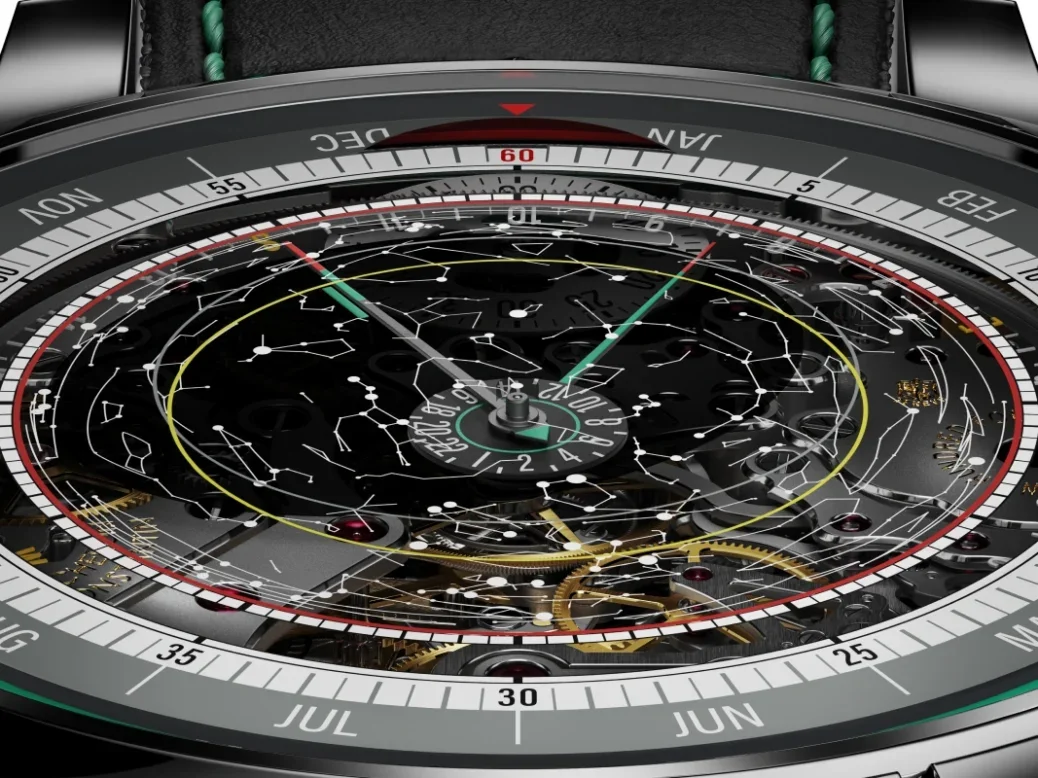
In 2005, when Vacheron Constantin marked its 250th anniversary, it unveiled what, at the time, was the most complicated wristwatch ever made.
Named the ‘Tour de L’Ile’ after the location of the company’s original workshop (a tower on an island in the Rhône in central Geneva, still standing), it was double-sided, its faces festooned with indications and complications. It had 16 in total (calendars, time zones, chimes, astronomical functions etc), squeezed into a bulbous gold case that gave it the feel of a pocket watch.
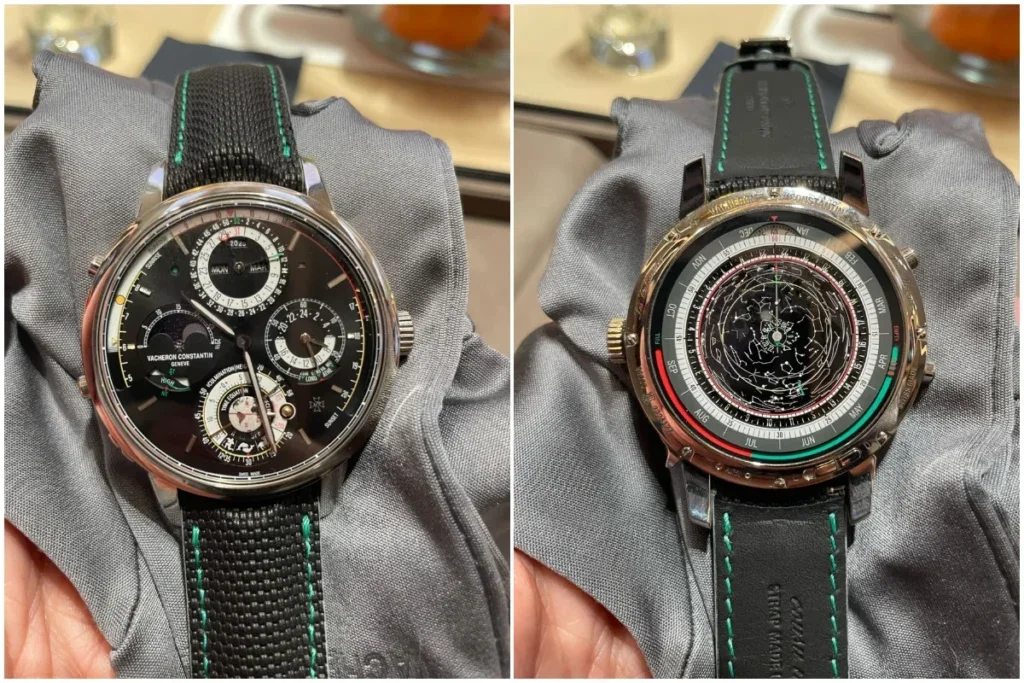
Complicated competition
The Tour de L’Ile was one of the early landmarks in what became an emergent class of fantastically complicated megawatches.
Predictably, that’s a category with very few players – Patek Philippe, Jaeger-LeCoultre and Audemars Piguet among them. Vacheron Constantin made seven versions of the Tour de L’Ile and followed these up over the years with one-off examples of even more byzantine models, plus a couple of pocket watches that stand as the most complicated timepieces ever made.
But, watchmaking being an art form of miniaturisation above all else, it’s the wristwatch that remains the benchmark of achievement, and the ultra-complication category has seen plenty of horological inflation.
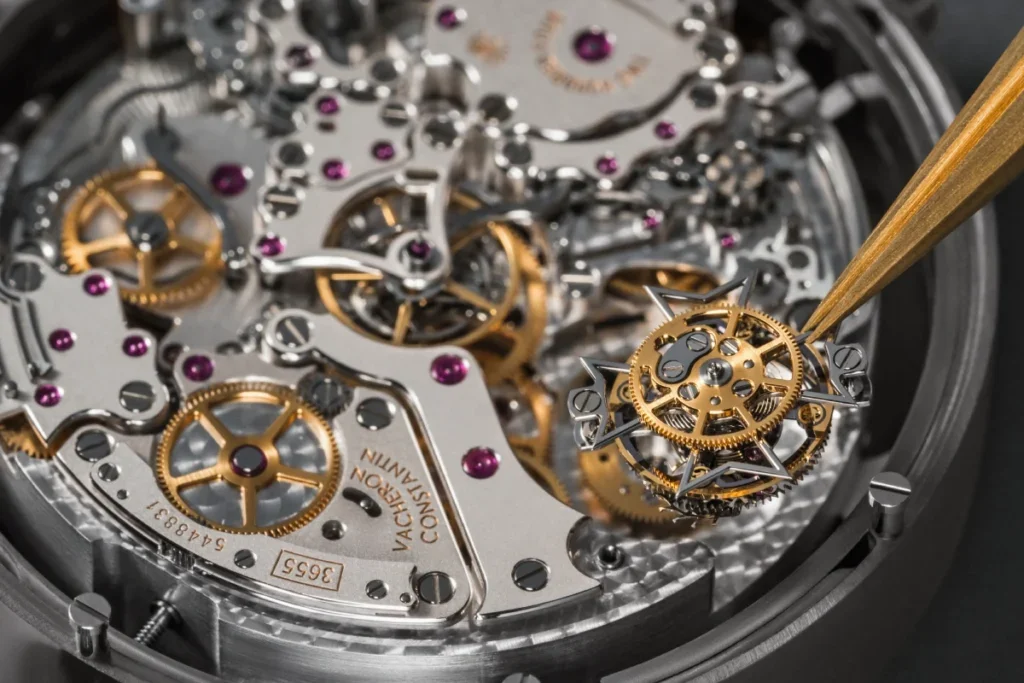
The entrant unveiled in 2023 by Audemars Piguet, the Code 11.59 Universelle, packs in 40 complications (for those being finicky, the brand calls 23 of these complications and the rest ‘technical devices’).
Retaking the title
But 20 years after the Tour de L’Ile, Vacheron Constantin is reclaiming the most complicated wristwatch prize: the number of complications in its new watch, the Les Cabinotiers Solaria Ultra Grand Complication, stands at 41.
[See also: Square watches are cornering the market]
You want numbers? I’ll give you numbers. Eight years of development, 13 patents, 1,521 components in the movement. Fourteen astronomical complications, five chiming complications, four chronograph functions and a heap of calendar and lunar indications. It even has tide indicators. Incredibly, I’m told one watchmaker has been responsible for the entire project, which meant eight years of solid work.
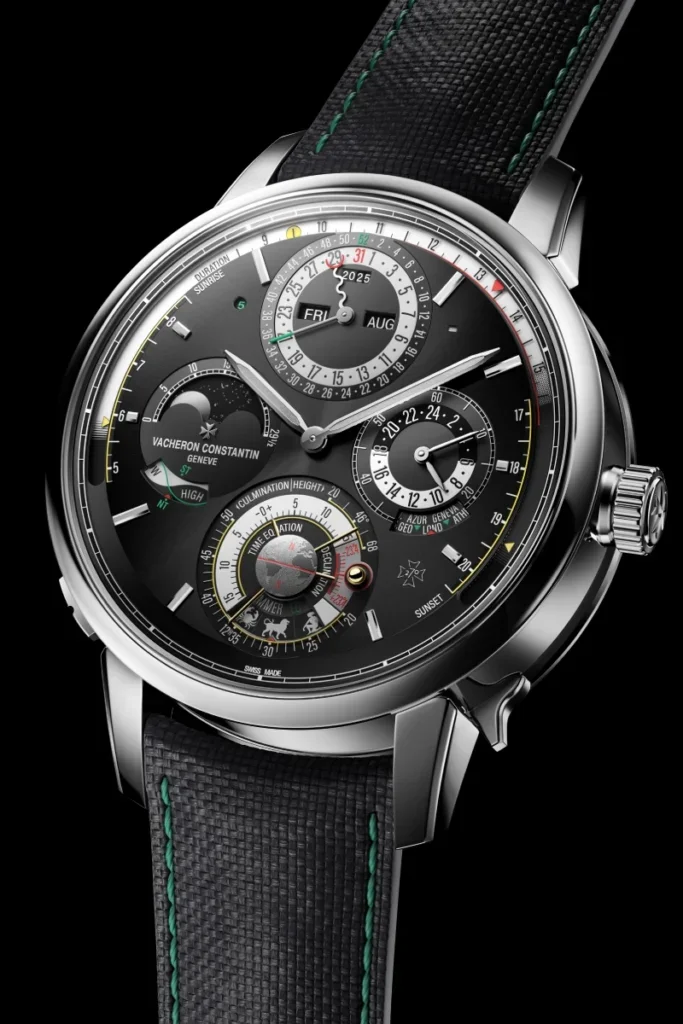
Tastes have moved on, even in superwatches. Compared to the antiquarian flavour of the Tour de L’Ile, the new watch has an interestingly modern, white-on-black aesthetic, with indications more akin to instrument read-outs than grand complication pocket watches. The reverse side is given over to a star map showing the constellations on a rotating transparent disc, through which the movement is visible; and, I think remarkably, this is also where the split-seconds chronograph is shown, whose dual seconds hands sweep beneath the stars.
[See also: Square watches are cornering the market]
Lord only knows how much this one-off costs (don’t expect Vacheron Constantin to make it public) – but if you want something similar, the firm’s Les Cabinotiers programme is set up for bespoke watches of any level of complexity or challenge. Maybe you could ask for 42 complications…
–

